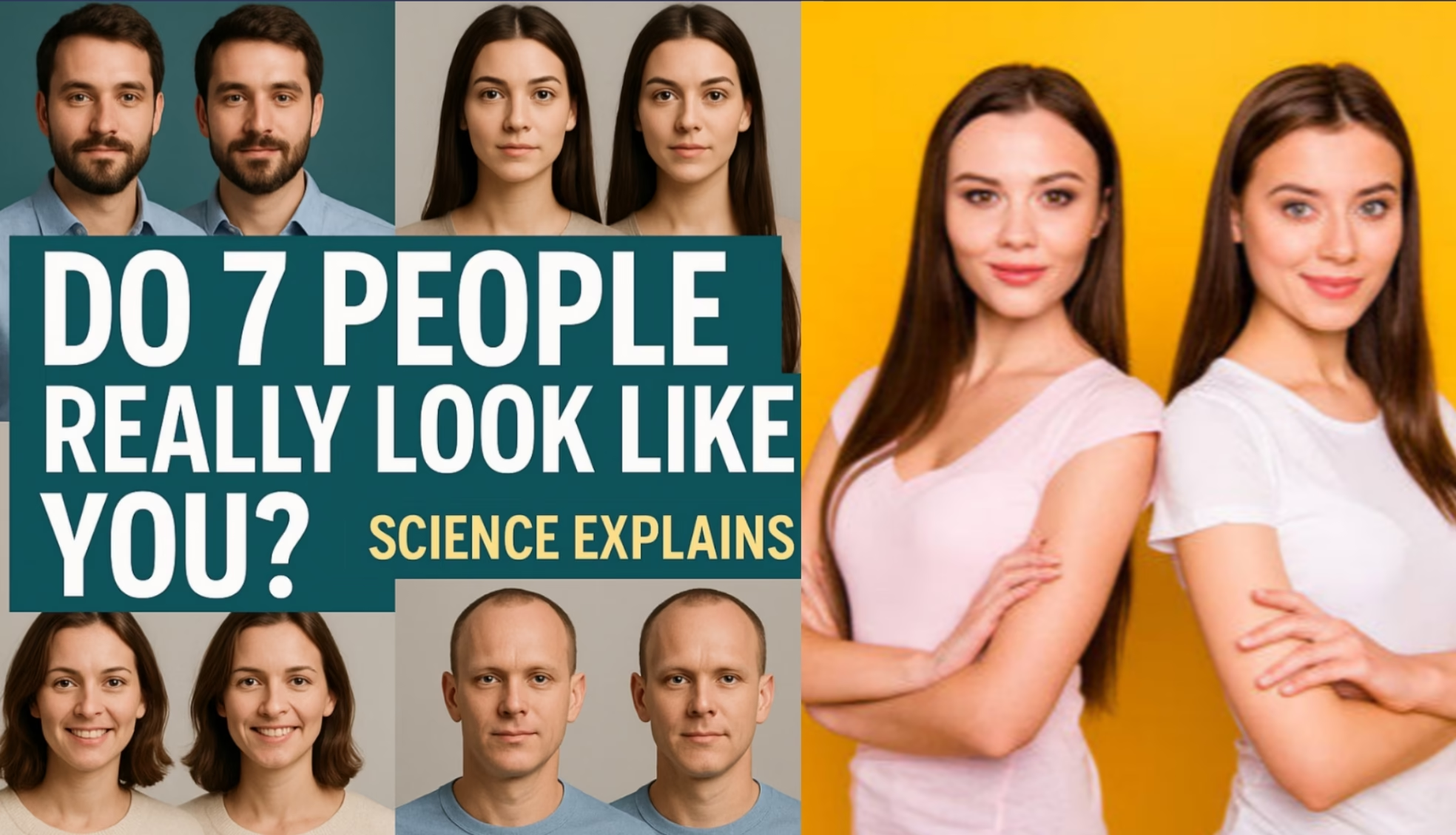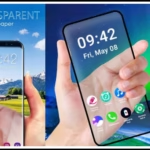The Science Behind Lookalikes: Do 7 People in the World Really Look Like You?

Have you ever stumbled upon a stranger’s photo online and thought, “That looks just like me!”? You’re not alone. A popular myth suggests that each person has seven lookalikes across the globe—people who are not biologically related to you but resemble you in a strikingly similar way.
While it sounds like an urban legend, this idea has caught the interest of tech communities, AI researchers, and geneticists alike. So, let’s explore the science, data, and technology behind this fascinating claim—and see how close we are to finding our digital twins
Origins of the “Seven Lookalikes” Theory
The “7 lookalikes” theory is not based on proven science but rather on cultural folklore and psychological curiosity. The idea has been around for decades, possibly even centuries, with roots in mythology and social beliefs about identity and fate.
Today, it has evolved into a conversation around genetic probability, facial recognition, and big data.
How Similar Can Two Unrelated Faces Be?
From a scientific standpoint, the odds of two completely unrelated individuals sharing highly similar facial structures is very low, but not impossible.
In 2022, a groundbreaking study published in Cell Reports analyzed 32 pairs of unrelated individuals with strikingly similar facial features. Using 3D facial recognition software, the researchers confirmed that many of these individuals shared genetic similarities in key facial regions, even though they had no family connection
This suggests that certain facial configurations might repeat among unrelated people due to limited genetic variation in facial traits
The Role of Artificial Intelligence in Identifying Lookalikes
Advancements in computer vision and AI-powered facial recognition have made it easier to compare faces across massive datasets. Tech platforms like Google, Meta (Facebook), and Clearview AI use facial recognition to identify and differentiate faces with high precision.
But the same technology can also be used in reverse: to find facial matches, even among billions of images.In fact, platforms like:
TwinStrangers.net
FindMyDoppelganger
StarbyFace
allow users to upload a photo and scan for similar-looking people using AI algorithms and facial mapping
These platforms often use convolutional neural networks (CNNs) that analyze geometric facial features—such as eye distance, nose structure, and jawline angle—generating a facial “signature” used for comparison.
Probability and Data: What Are the Chances?
While there’s no official study confirming the exact number “7”, probability models give us some interesting insights. The world population exceeds 8 billion. The human genome has limited variations in traits like facial symmetry, eye shape, and bone structure. Statistically, the number of possible unique faces is estimated to be in the tens of trillions, but human perception doesn’t always pick up on tiny differences.
So, even if two faces differ by a few millimeters in eye spacing or cheekbone height, our brains might still perceive them as identical—thanks to the phenomenon called “face pareidolia”.
In simple terms: Your doppelgänger may not be a perfect genetic copy, but could appear shockingly similar to others—and that’s often enough for our brains to make the match.
The Tech Side of Viral Lookalike Stories
Several real-world examples support this idea:
In 2016, two strangers who looked identical were seated next to each other on a flight and posted a selfie. The photo went viral. On Reddit and TikTok, thousands of users have shared their “accidental twin” experiences, some even using facial recognition apps to verify the similarities. AI tools like Face++, FaceApp, and even Snapchat’s AR filters have been instrumental in visualizing facial matches, further fueling public fascination.
Ethical Concerns and Identity Risks
While the idea of lookalikes is fun and engaging, it also raises questions about privacy and digital identity.
With facial recognition data being harvested by companies and even governments, your facial features can be replicated, misused, or wrongly identified. Deepfake technology, for instance, can take a real person’s face and use it in AI-generated videos—making it critical to safeguard biometric data.
So, while searching for your doppelgänger is exciting, it’s equally important to understand the risks of sharing your facial data online.
Conclusion: Myth, Math, or Tech Reality?
The idea that seven people in the world look exactly like you may not be fully accurate in a scientific sense. But with the rise of AI, facial recognition, and global photo-sharing, the chances of discovering someone who looks almost like you are higher than ever before
Whether it’s due to shared genes, mathematical odds, or machine learning—your digital twin could be just a few clicks away.
So, is it fact or fiction? Maybe both.


